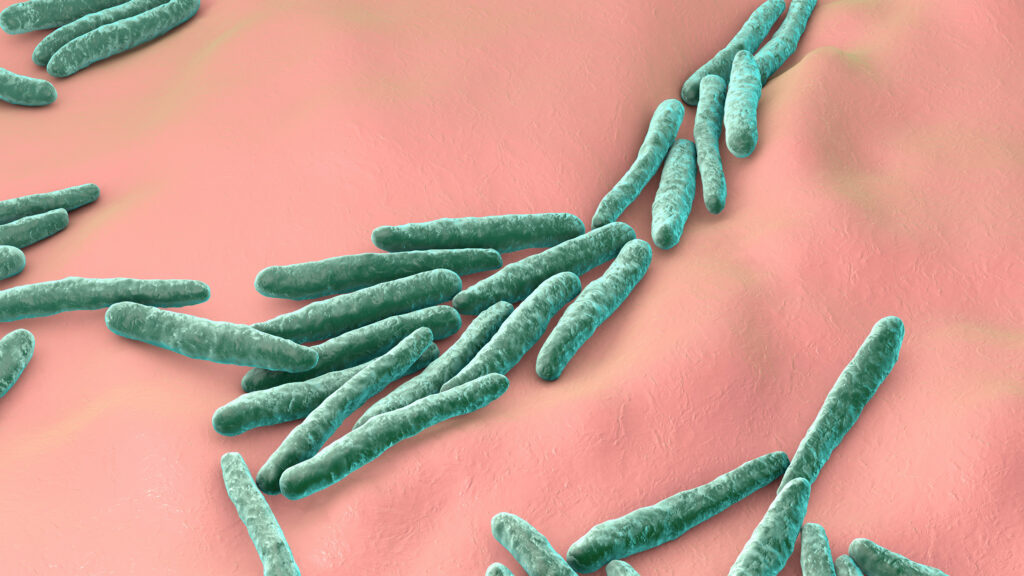When someone has leprosy, people who live in the same household face the highest odds of contracting the infection. But in a new trial, providing those contacts with a single dose of an antibiotic typically used to treat tuberculosis drastically reduced that risk, researchers reported Wednesday.
The trial, which took place in China, corroborates the idea of giving close contacts an antibiotic as a way to reduce the likelihood that the disease spreads, experts said. Moreover, the trial showed that the antibiotic, rifapentine, was an even more effective form of what’s known as “post-exposure prophylaxis,” or PEP, than another antibiotic, rifampin, which is typically distributed to contacts of people with leprosy under current World Health Organization guidelines.
“This is a very welcome confirmation of the usefulness” of post-exposure prophylaxis, said Jan Hendrik Richardus, a professor emeritus of infectious diseases and public health at Erasmus Medical Center in the Netherlands. Richardus was not involved with the new study, which was published in the New England Journal of Medicine, but worked on past studies of rifampin (also called rifampicin).
Richardus noted that rifapentine is more expensive than rifampin, which could mean that some poorer countries or public health programs with limited resources may not be able to make the switch in their PEP regimens.
Leprosy, also called Hansen’s disease, is a chronic infection caused by Mycobacterium leprae that primarily affects the skin and peripheral nerves, triggering discolored patches and growths on the skin and in some cases muscle weakness and paralysis. The bacteria spread through prolonged and repeated close contact with someone over months, via droplets from the nose and mouth. The disease does not transmit through casual contact or touching. As a result, the greatest concern for subsequent cases is among household contacts.
Leprosy has been a treatable disease for decades, particularly after clinicians started using a multidrug therapy in the 1980s. But experts say strategies like PEP are crucial to rein in cases globally, about 200,000 of which are still reported each year, mostly in Southeast Asia. (They also note that prophylactic antibiotics need to be given just to select people, given concerns about antibacterial resistance.)
For the new trial, the team of Chinese researchers (who did not respond to interview requests) divided household contacts of leprosy patients into three arms: a group that received a dose of rifapentine, a group that got a dose of rifampin, and a control group that was not treated. The primary outcome was the incidence of leprosy among household contacts over four years.
Overall, among the 207 clusters of people studied — which included 7,000 household contacts — there were only 24 new leprosy cases over the four years. The incidence rate of new infections in the rifapentine group was 0.09% (just two cases), compared to 0.33% in the rifampin group (nine cases) and 0.55% in the control group (13 cases). By one statistical measure, that amounted to a 92% lower incidence in the rifapentine group compared to the control group.
“Providing protection in close contacts is a potential game changer in leprosy prevention,” David Scollard, the former director of the National Hansen’s Disease Program in Baton Rouge, wrote in an editorial, also published Wednesday in the New England Journal.
Scollard highlighted two other points from the trial. For one, it showed that the benefits of rifapentine persisted over four years, whereas past studies have shown the protective effect of rifampin lasted only two years. And, Scollard wrote, while other PEP trials have taken place in areas with comparatively high leprosy rates, the new trial demonstrated that the approach can work in a country with low rates like China — with implications for other parts of the world.
“Postexposure prophylaxis that is effective in regions with low endemic levels of infection is desirable globally,” Scollard wrote.


